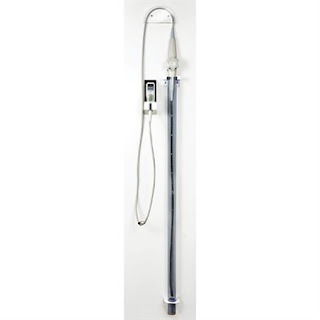TRANSDUCER STORAGE AND TRANSPORT
Storage for Transport
If a carrying case is provided with your transducer, always use the carrying case to transport the
transducer from one site to another.
Follow these tips to properly store transducers for transport:
• Make sure that the transducer is clean and disinfected before placing it in the case, to avoid
contaminating the foam that lines the carrying case.
• Place the transducer in the case carefully to prevent kinking of the cable.
• Before closing the lid, make sure that no part of the transducer is protruding from the case.
• Wrap the case in plastic material containing air pockets (such as Bubble Wrap material), and pack the
wrapped case in a cardboard carton.
• To avoid damaging the shaft or steering mechanism of TEE transducers, do not bend or coil the flexible
shaft of the transducer in less than a 0.30-m (1-ft) diameter circle.
Daily and Long-Term Storage
Follow these tips to protect your transducer:
• Always store transducers in the transducer holders on the side of your system or on a securely
mounted wall rack when you are not using them.
• Ensure that the transducer holders are clean before storing transducers.
• Avoid storing transducers in areas of temperature extremes or in direct sunlight.
• Store transducers separately from other instruments, to avoid inadvertent transducer damage.
• When storing transducers, use the cable-management clips to secure the transducer cable.
• Before storing transducers, make sure they are thoroughly dry.
• For TEE transducers, be sure the distal tip is straight and protected before storing the transducer.
• Never store a TEE transducer in the carrying case, except to transport it.








No comments:
Post a Comment